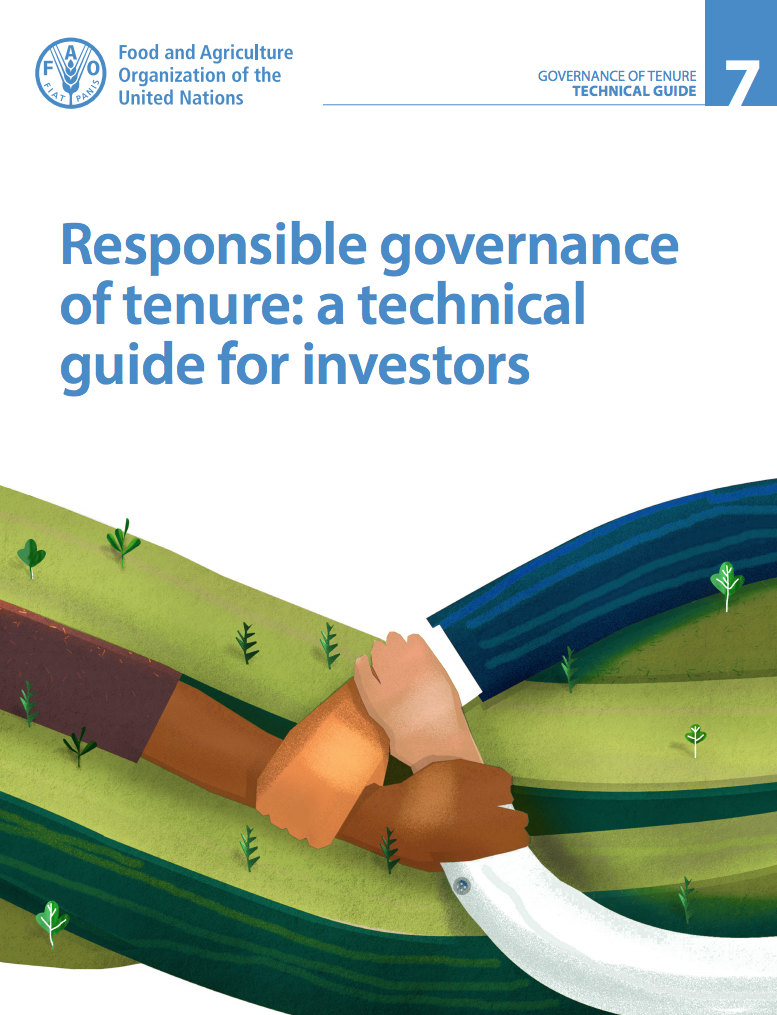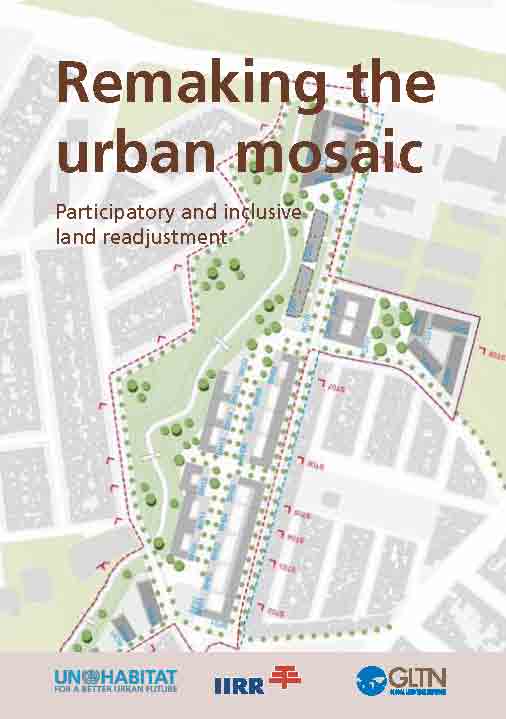Details
Location
Contributions
Displaying 1431 - 1440 of 2403Rally 2016: The National Land Conservation Conference
Rally is the exciting annual gathering of nearly 2,000 inspired and passionate land conservation practitioners from the US, Canada, South America and beyond, who are dedicated to conserving cherished places in local communities.
The Economic Case for Landscape Restoration in Latin America
Join us for an engaging discussion around the economic benefits of restoring productivity to deforested and degraded lands in Latin America and the Caribbean.
Latin America and the Caribbean account for over 20 percent of the world’s degraded lands, with 300 million hectares of degraded forests and 350 million hectares now classified as deforested—an area almost double the size of Mexi
How Farmers in Africa are Restoring Degraded Lands and Enhancing Resilience
Join us for a live discussion with World Vision’s Tony Rinaudo, WRI’s Robert Winterbottom and other experts on Farmer Managed Natural Regeneration – a key strategy for restoring degraded lands, achieving food security, and enriching rural areas.
Throughout the developing world, huge tracts of farmland, grazing lands and forests have become degraded to the point they are barely producti
Saint Mary's University
The vision, mission and core values of Saint Mary’s University lay the foundation for the direction and culture of our university.
Vision
Saint Mary’s, building on its strong tradition of accessibility and community engagement, will be the University of choice for aspiring citizens of the world.
Mission
The mission of Saint Mary’s University:
Ghent University
Ghent University is a top 100 university and one of the major universities in Belgium. Our 11 faculties offer a wide range of courses and conduct in-depth research within a wide range of scientific domains.
Responsible governance of tenure: a technical guide for investors
This document provides guidances on how businesses can respect legitimate tenure rights and human rights in their land-based investments. It
• translates principles of responsible land governance and tenure (see the VGGT) into practical mechanisms, processes and actions,
• gives examples of good practice – what has worked, where, why and how, and
• provides useful tools for activities such as the design of policy and reform processes, for the design of investment projects and for guiding interventions.
Global Land Tool Network Annual Report - 2015
This annual report presents main achievements of 2015.
GLTN aims to contribute to poverty alleviation and the Millennium Development Goals through land reform, improved land management and security of tenure. The network has developed a global land partnership. Its members include international civil society organizations, international finance institutions, international research and training institutions, donors and professional bodies. It aims to take a more holistic approach to land issues and improve global land coordination in various ways.
Remaking the Urban Mosaic
Participatory and inclusive land readjustment, or PILaR for short, is a way of reorganizing the ownership of land in and around cities in a pro-poor way. It brings together land parcels belonging to different owners and treats them as a single unit for planning and infrastructure provision. The municipality reserves a portion of the land for roads and other public infrastructure, and returns the rest to the original owners. Each owner gets back a smaller parcel, but it is worth more because it now has road access and other services.
Shelter Report 2016
Land tenure is one of the great challenges Habitat for Humanity faces in helping families access decent housing. Countless families around the world lack rights to the land on which they live. Just imagine the stress of knowing that any day you might be forced to move because someone else claims ownership of the place you call home.
'Land grabbing' and international investment law: toward a global reconfiguration of property?
This yearbook chapter discusses the link between international investment law and commercial pressures on the world’s natural resources. It argues that changes in legal frameworks are redefining control over natural resources, and facilitating transitions toward more commercialised land relations. As pressures on resources increase, many national laws undermine the rights of people impacted by investments. If not properly thought through, international treaties to protect foreign investment could compound shortcomings of local and national governance.










